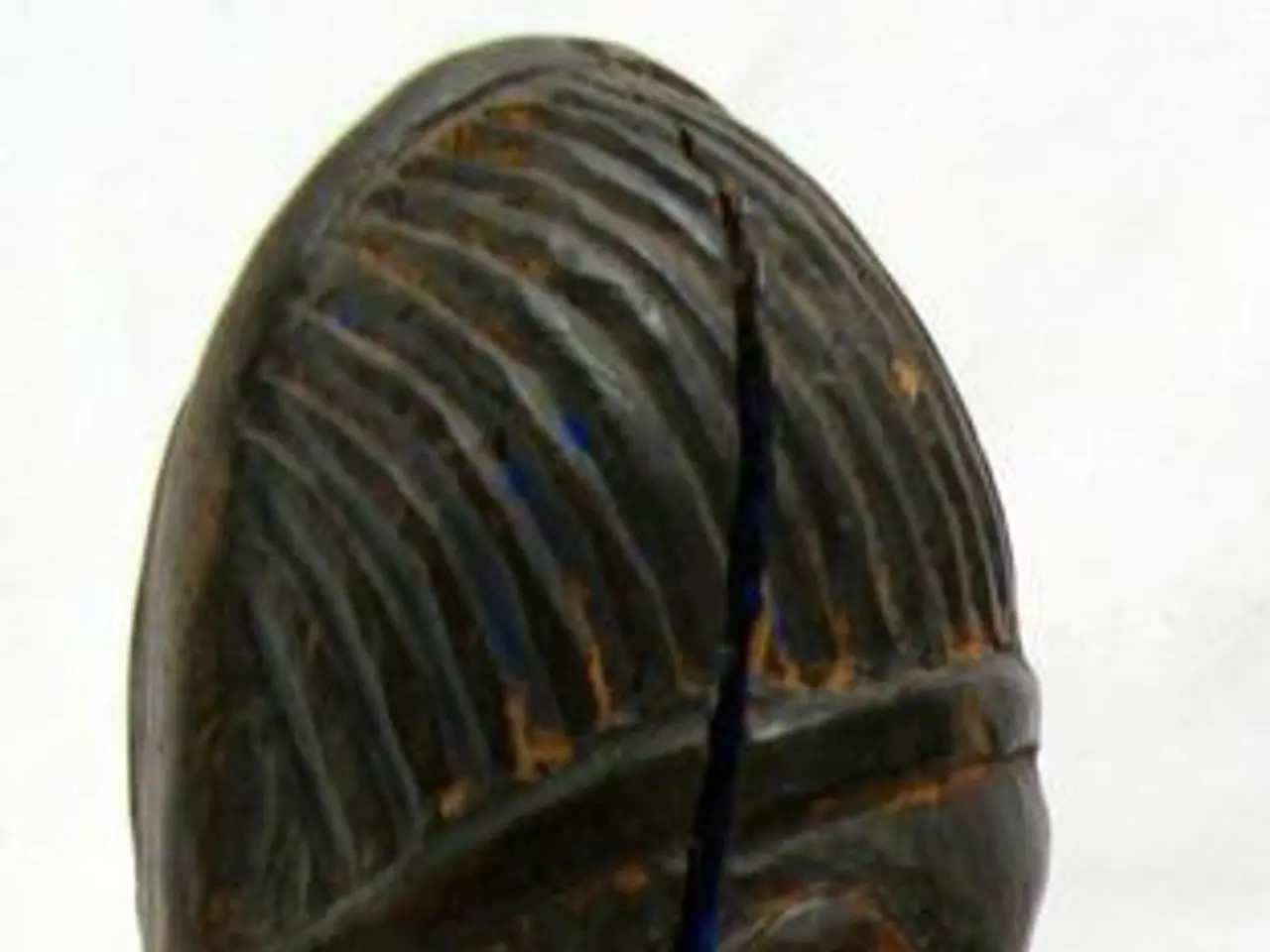five things I should have been aware of before installing wooden countertops, along with my plans for future improvements
In the heart of a bustling kitchen, the timber worktop serves as a testament to the homeowner's design sensibilities. However, as with any material, timber worktops require careful maintenance to maintain their natural beauty, durability, and resistance to daily kitchen wear and moisture exposure.
Cleaning
When it comes to cleaning timber worktops, a gentle sponge or soft cloth with warm water and mild liquid dish soap is the way to go. Avoid soaking the wood to prevent swelling or warping, and wipe up spills immediately to avoid staining or damage.
Drying
After cleaning, it's crucial to dry the surface thoroughly with a clean towel and allow good ventilation to prevent dampness and mildew, which degrade wood quality.
Oiling
Regular oiling is key to maintaining the health of your timber worktop. Use food-safe oils such as mustard, peanut, sesame oil, or specialized hardwax oils. Leave a thin coat on overnight and wipe away excess in the morning. This nourishes the wood and seals the surface, protecting against moisture and cracking.
Sink Area Care
The region around sinks is the most exposed to water. Apply extra coats of oil or hardwax to edges, end grain, and cut-outs near sinks to prevent staining, swelling, black spotting, or structural damage caused by persistent moisture.
Avoid Harsh Chemicals
Use mild cleaning solutions and avoid abrasive materials that can damage the wood finish or make it porous.
Other Considerations
Investing in trivets can protect worktops from stains and marks. Wooden worktops work best when combined with other materials like quartz composite, stone, or painted cabinetry.
Choosing the Right Wood
Hardwoods like oak, iroko, maple, beech, walnut, and ash are good options for wooden worktops due to their durability. Teak, while a hardwearing option, is no longer a sustainable material. Reclaimed teak should be considered if it is desired for the kitchen design. Iroko, with its ability to handle water contact, is a good choice for wooden worktops around sinks.
UV-Resistant Wood Oil
UV-resistant wood oil, such as Rustins Worktop Oil, can help maintain the colour of wooden worktops. Sanding can be used to amend stains on wooden worktops.
Mistakes to Avoid
The home renovation mistake made by many homeowners involves installing timber wooden worktops in the kitchen. Water spills need to be dealt with immediately to prevent damage. The kitchen trend of pairing timber work surfaces with Shaker-style doors can be a beautiful choice, but it requires careful maintenance to keep the worktop in top condition.
The Importance of Regular Maintenance
Timber worktops need regular oiling to remain protected and looking their best. Neglecting this can lead to fading of the colour over time.
The Main Company, a family-run company that has been creating bespoke kitchens since the 1970s, understands the importance of proper care for timber worktops. Oil a timber worktop using a lint-free rag and a good quality wood oil on clean surfaces to ensure the longevity of your investment. With the right care, your timber worktop can be a cherished feature of your kitchen for years to come.
- In addition to proper cleaning and drying, regular oiling is essential for maintaining the health and natural beauty of timber worktops.
- Choosing a suitable hardwood such as oak, iroku, or maple can ensure the durability and resistance to moisture of your timber worktop.
- To protect the sink area and prevent staining, swelling, or structural damage, apply extra coats of oil or hardwax to edges, end grain, and cut-outs near sinks.
- A cherished feature of the kitchen, your timber worktop can last for years with the right care, maintenance, and occasional oiling to keep its color vibrant and its surface protected.



